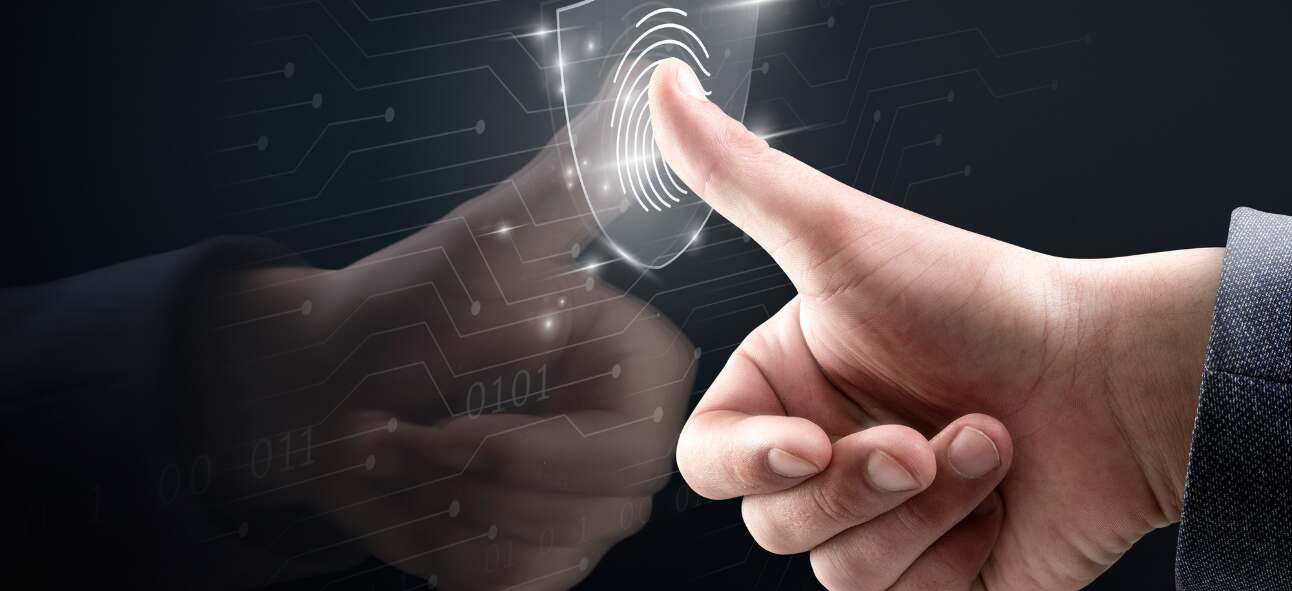A recent report from ECB shows that a growing number of shoppers in Europe prefer biometric payments. Convenience, speed, and safety were cited as the major factors driving this. The outlook for biometric payments is rosy. Aided by major announcements and rollouts, Europe seems poised for significant growth in its use. But what exactly are biometric payments? Read on to know more.
What is a biometric payment?
A biometric payment is a type of payment where shoppers can pay directly using a fingerprint/ iris scan or face and voice recognition. No PINS and passwords, no typing buttons, and no touch. At a store, a retailer can authenticate shopper payments based on their physical characteristics like their fingerprint, iris, face, or voice. These payments use 2-factor authentication, hence are more secure. What makes biometric payments a hit are that they are simple to use, are quick, and shoppers can pay directly with their smartphones (for example, using a digital wallet app), and not have to fish around for a card or bother about passwords.
Fingerprint scan is the most common use case for biometrics, but face recognition is growing in prominence as well. For example, Apple Pay users can now pay using face recognition, along with a PIN, in the newer iPhone models. Some forms of biometric payments include contactless credit and debit cards (for e.g., Visa Tap to Pay), digital wallets like Apple Pay and Google Pay, and QR code payments.
Advantages of Biometric Payments
- Smoother checkouts – shoppers can quickly complete their payment with easy authentication. This makes for a more convenient, faster payment experience. No more fumbling around for cash or cards.
- Secure payments – enhanced security for users as it uses biometric data in place of passwords. Secondly, these systems encrypt user biometric data and payment info into tokens. These tokens are encrypted and stored as random numbers, and cannot be used by hackers and fraud actors.
- Widespread adoption + Buyer preference – Contactless cards and digital wallets are fairly widespread in Europe. Hence, biometric payments have become a buyer’s favourite, making them a must-have option in your payments.
- Cheaper for merchants – the cost per transaction is lower for the merchant with biometric payments, as compared to credit or debit cards.
Which Biometric Payment methods should you offer?
To be future-ready and to be seen as a tech-savvy brand, you offer biometric payments in your checkout. Here are the main types:
- Contactless payments: Shoppers pay using their contactless credit/ debit cards with Tap to Pay feature (both Visa and Mastercard offer these). Tap on Phone payments are another way. Shoppers pay easily in-store by tapping or waving their smartphone against a merchant’s NFC-enabled POS terminal or mobile phone. You will need an NFC POS terminal and download the Tap on Phone software (Mastercard, Visa has their own SDKs). Speak to your PSP to help you out with this.
- Digital wallets: These are quite popular and prevalent across Europe. Apple Pay, Google Pay, PayPal are the major players, but there are many others. They are handy and simple to use with fast and easy authentication and payment.
- QR Codes: Simple and easy to set up, and are relatively cheaper than other forms. QR codes can be displayed at your checkout (online/ offline). A shopper scans the code and completes the payment. These work quickly at checkout and help reduce long queues.
Why are biometric payments becoming bigger (in Europe)?
ECB’s report shows that consumers across Europe have a strong preference for payment methods that are fast and easy to use, can be used in-store and online, and have wide acceptance. Secure payments are essential, along with secure and reliable payment authentication methods. Tech-savvy shoppers in particular prefer the use of biometrics and QR codes for payment authentication. This includes logging into accounts, confirming identity, and making payments. Biometric payments can be used in all physical stores, of all sizes – from retail stores, grocery stores, and supermarket chains to small cafes or mom-pop stores. And with people concerned about social distancing, biometric payments become an obvious choice because they are contactless, fast, and easy to use.
Recent announcements from Tesco, Amazon, and Mastercard about forwarding the case of biometric payments and payment cards in Europe. Mastercard recently announced a pilot project to let shoppers make payments with just their face or hand at the checkout. Major retail chains like Tesco and Amazon are looking at new ways to bring in biometric payments. A slew of European fintech players is coming out with their own biometric payment innovations. With time, we will see more adoption and best practices as more use cases emerge.
How can Novalnet Help?
We can help you set up biometric payments easily and the best cost. Our technology helps you to accept payments globally in 125+ currencies in 150+ automated country-specific payment methods. As a global payment service provider, Europe’s leading brands trust us to process payments smoothly.
You can set up your payments within minutes with minimal coding using our instant payment plug-ins. Our AI-based risk management solutions and advanced analytics help you design the best payment experiences for your customers, all in a fully secure environment.
Reach out to us today to know more about how we can help your business.
Jose Augustine is the Chief Business Development Officer at Novalnet with extensive experience in European payment industry and a knowledge powerhouse.










